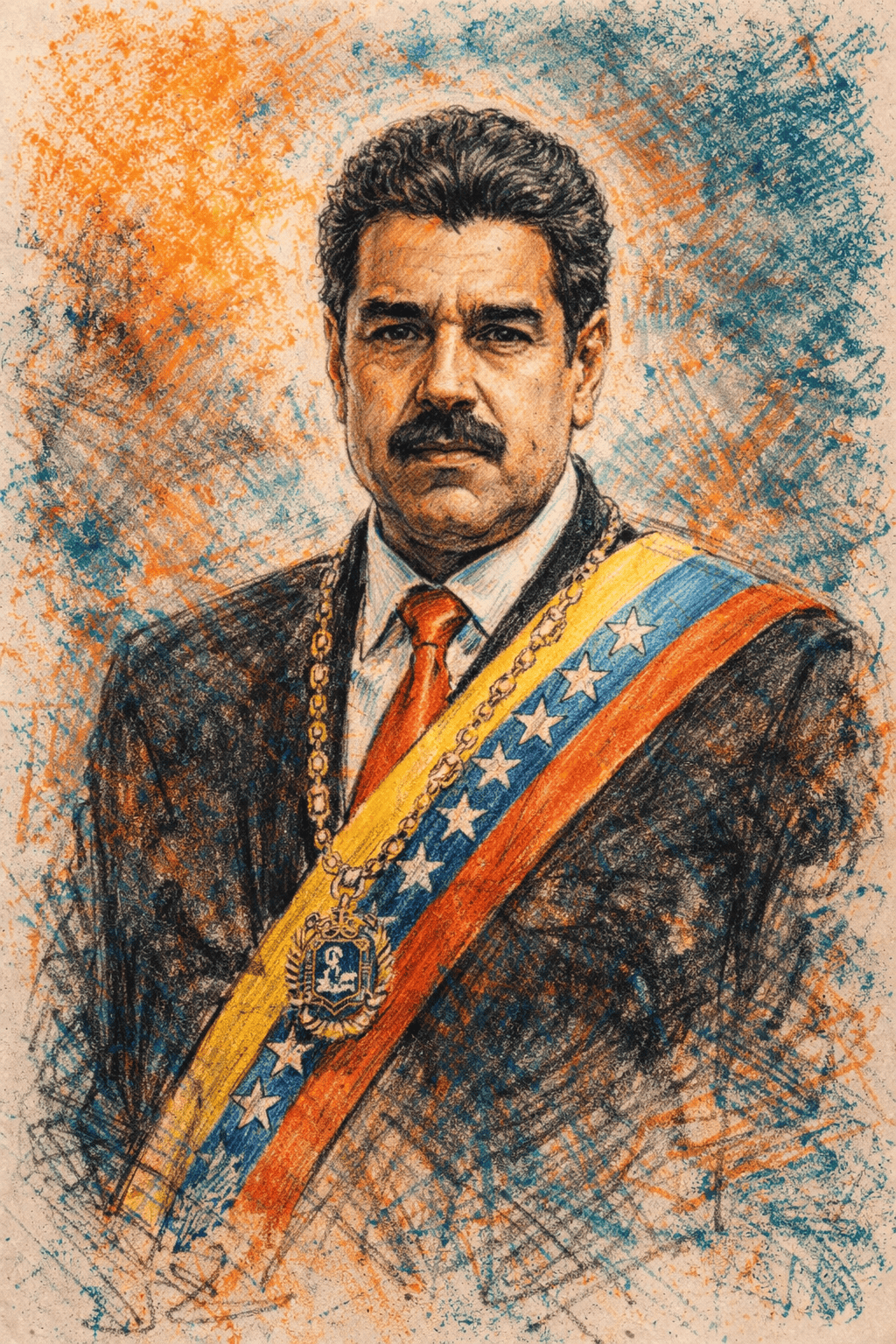The Fall of a "Winter Wood": The Dynamic Behind Maduro’s Capture If you’ve been following…
Obama’s legacy
A person’s legacy can be revealed through their BaZi BaZi Chart, which offers insight into the lasting impact of their life and work. Our Dynamic Luck cycles shape not only our career success but also how we will be remembered long after we’ve stepped away from public life, or even after death. For some, their work resonates through the ages, while for others, it may diminish over time.
I often reflect on Barack Obama‘s legacy, particularly because I remember vividly when he first entered the global stage as a presidential candidate. There was an undeniable sense of excitement surrounding him. He was charismatic, articulate, and a symbol of hope for many. His ability to communicate effectively and address global challenges seemed to resonate deeply with people. I, too, was drawn to him in those early days, impressed by the way he addressed key issues with practical and seemingly well-thought-out solutions.
PREMATURE RECOGNITION
In fact, the enthusiasm for Obama was so strong that he was awarded the Nobel Peace Prize before even taking office, which raised eyebrows for many, including myself. It was a premature recognition of potential rather than actual achievement, and for me, that marked the first sign that his tenure might not live up to the high expectations placed upon him.
As his presidency unfolded, the results were mixed, to say the least. While his administration did manage to accomplish some notable things, the overall perception of his leadership began to shift. Domestically, racial tensions escalated, and internationally, his foreign policy—especially concerning the Middle East—left a trail of destruction that is still felt today. Under his administration, wars continued, lives were lost, and millions were displaced, creating ripples of instability that reached far beyond the affected regions. His sweet, calm persona contrasted sharply with the aggressive and often destructive policies that marked his presidency.
Today, it’s challenging to find anyone who wholeheartedly defends Obama’s legacy. Conservatives have long opposed him, but increasingly, even centrist liberals express disappointment. His legacy, once so bright and promising, seems to be slowly eroding in the public’s consciousness. Matt Taibbi, in one of his articles, provides an in-depth critique of this waning legacy, capturing the disillusionment many feel.
STRONG YIN EARTH MASTER ELEMENT
 So what does Obama’s BaZi Chart reveal about his rise, peak, and current decline? He was born as a strong Yin Earth Day Master, which forms the core of his Chart. In his static Chart, we can see a well-formed Leadership Talent Bridge, supported by the Metal (Output) and Wood (Power) elements. This bridge symbolizes his ability to lead and influence, with Metal reflecting his communication and strategic thinking, and Wood representing his authority and the respect he commands.
So what does Obama’s BaZi Chart reveal about his rise, peak, and current decline? He was born as a strong Yin Earth Day Master, which forms the core of his Chart. In his static Chart, we can see a well-formed Leadership Talent Bridge, supported by the Metal (Output) and Wood (Power) elements. This bridge symbolizes his ability to lead and influence, with Metal reflecting his communication and strategic thinking, and Wood representing his authority and the respect he commands.
In 2000, Obama entered a 20-year luck cycle dominated by Wood and Metal. These elements worked harmoniously to boost his Leadership Talent Bridge, propelling him into the spotlight and supporting his rise to power. The Wood Element, in particular, played a crucial role in his success, providing the necessary strength to his leadership and allowing him to stand tall on the global stage. This was clearly his prime—his leadership talents were at their peak, and the world responded to his presence.
ENTERING UNSUPPORTIVE DYNAMIC LUCK
 However, in 2020, Obama transitioned into a new luck cycle, the Yin Earth/Ox pillar. This shift has not been favorable. The Earth Element in this pillar adds to the already abundant Earth in his Chart, creating an imbalance. Instead of supporting his growth, the Ox is clashing with the Goat in his natal Chart, disrupting the Wood Element crucial to his leadership. When Wood is weakened, so too is his ability to lead effectively, as shown by the shaking of his influence and legacy.
However, in 2020, Obama transitioned into a new luck cycle, the Yin Earth/Ox pillar. This shift has not been favorable. The Earth Element in this pillar adds to the already abundant Earth in his Chart, creating an imbalance. Instead of supporting his growth, the Ox is clashing with the Goat in his natal Chart, disrupting the Wood Element crucial to his leadership. When Wood is weakened, so too is his ability to lead effectively, as shown by the shaking of his influence and legacy.
Without the necessary Wood or Water elements to balance out the strong Earth and Metal in his Chart, Obama’s leadership potential is diminished. His Chart enters a more passive state, where he may remain active on the surface, but the impact he once had is significantly reduced. His Leadership Talent Bridge, which once propelled him forward, is no longer as effective as it was during his peak years.
In this light, we can understand why his legacy appears to be fading. While he can still participate in public life, his influence will not carry the same weight it once did. His BaZi Chart reflects this transition, showing a man whose time of outstanding leadership has passed and who now faces a period in which his role is less defined. His power to shape the world around him is considerably diminished.




